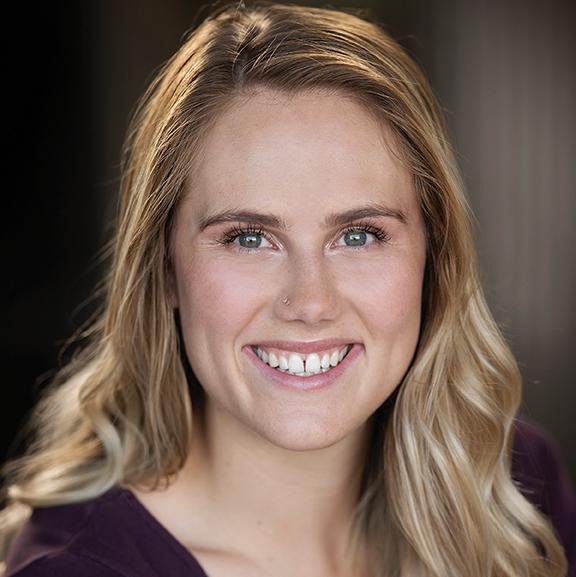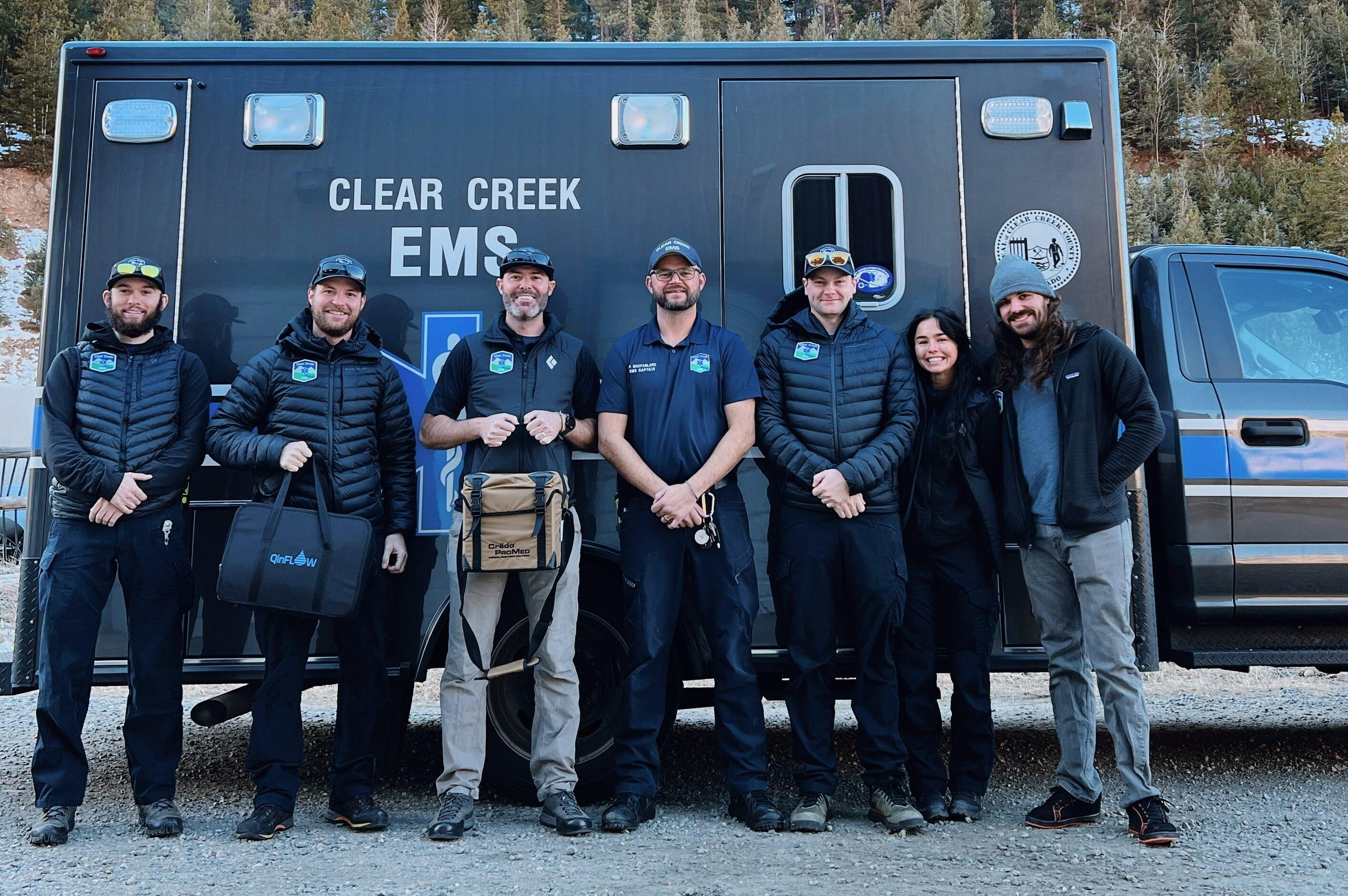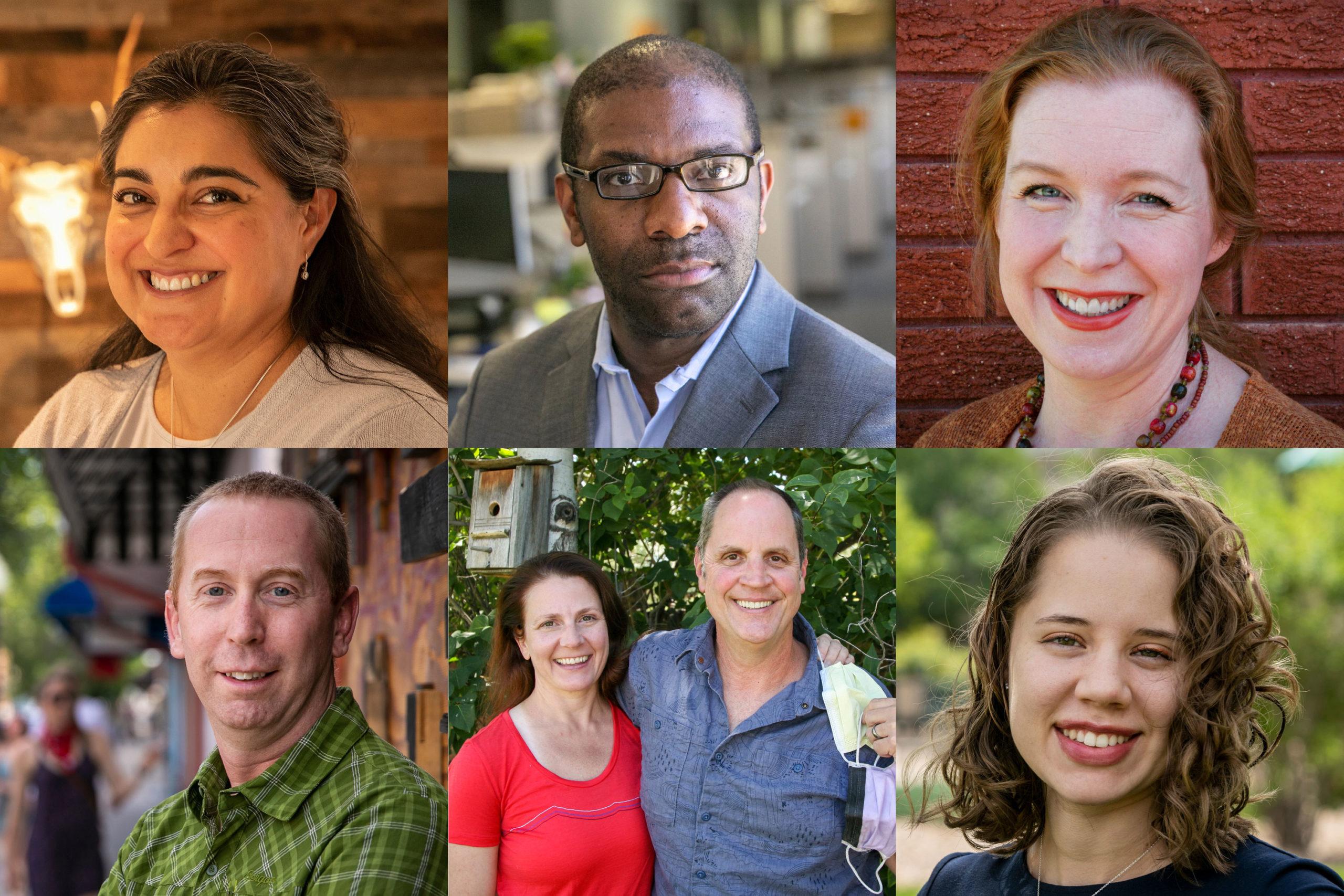
Colorado health care workers have earned a lot of recognition since the first coronavirus cases were announced in mid-March.
People have cheered, howled and expressed their support online. These men and women are on the front lines fighting the virus, caring for people in their most vulnerable moments. They’re also risking their lives.
As of July 14, there are more than 3.3 million cases of COVID-19 in the United States. More than 135,000 Americans have died after contracting the virus. And according to health officials, we’re still not out of the first wave.
CPR News continues to speak with experts, doctors, researchers and people who’ve recovered. We want to bring you the stories of people who are caring for COVID-19 patients in their own words. Why do they do what they do? What do they remember about seeing their first coronavirus patient? And...what do they hope we take away from this pandemic.
Here’s what seven medical professionals had to say.
Critical care nurses Emily Kampf and Chris Lambros
There’s a song that plays over the public address speakers at St. Mary’s Medical Center in Grand Junction every time a COVID-19 patient is taken off the ventilator that has been breathing for them.
“Just a small-town girl. Livin' in a lonely world. She took the midnight train goin' anywhere…”
As the patient emerges from their fugue, nurse Emily Kampf is there to help them back to reality. So is her husband, fellow registered nurse Chris Lambros. He knows the fear that the patients’ experience. They wake with heads clouded by medication “and they’re seeing unfamiliar people and hearing unfamiliar sounds.”
Lambros has heard them ask the same questions every 10 minutes — “Where am I?” “What happened?” — and that can go on for days, regardless of age. For Kampf, it’s a relief when she hears them start to complain. “I always think when you get your spunk back, that's always a good sign,” she said.
And still, the song continues.
“Strangers waitin'. Up and down the boulevard. Their shadows searchin' in the night…”
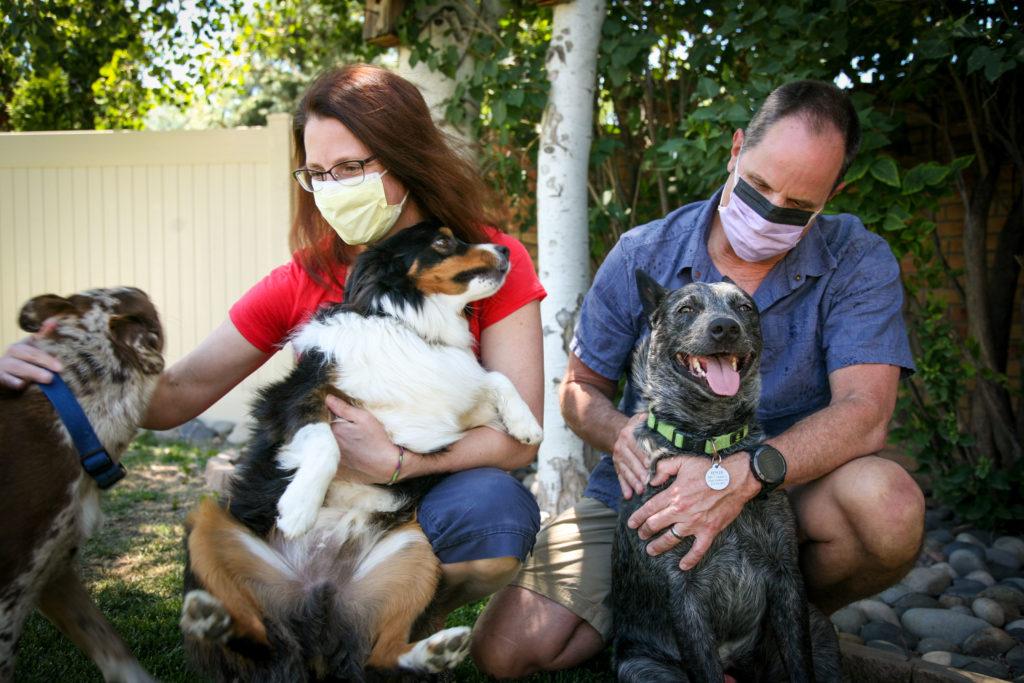
The couple knows that the patients who wake are the lucky ones. Though Mesa County has officially recorded no deaths from COVID-19, the virus is killing patients at St. Mary’s. The hospital has been accepting some of the sickest coronavirus patients from bordering states and the Navajo Nation. If the county gets a big surge, Kampf is worried “we won't be that resource for the region.”
For now, cases are still low, with only about 2 percent of the county’s tests coming back positive. Those numbers have steadily ticked up, however. This creates a dissonance for the couple, who have a front-row seat to the harm the virus does — seemingly at random. They’ve seen young, health people become profoundly ill, while some folks in their 70s pulled through just fine.
“Some will win, some will lose. Some are born to sing the blues. Oh, the movie never ends, It goes on and on and on and on…”
Kampf, who grew up in Grand Junction, misses the monthly dinners she and her husband would have with her family before social distancing and other precautions swept the state. She knows full well that these kinds of painful decisions are needed to stop the spread.
“You don't want to be the one that gave it to your grandma or even gave it to a young child who ended up having some neurological, long-term effects from it,” she said. “That’s a lot to try to go to bed with.”
Though witnessing death is nothing new for Kampf and Lambros, these deaths are. No visitors are allowed in the COVID-19 isolation unit, which means medical staff are the only people with patients in their last moments. Lambros always assumes they can still hear him and he tries to talk to them.
“I don't want them to feel like they're alone,” he said.
Even in this alien time, it is imperative for the couple to keep a strong human connection. There are still sweet moments, even in the midst of the hectic sadness. After realizing a patient of his was always clean-shaven, Lambros gave the man a shave. Days after the patient left the ICU, Lambros visited him in another wing of the hospital. He recognized Lambros instantly and started crying in gratitude for all the nurses had done for him — especially the shave.
“Seeing somebody that shows that level of appreciation for what happened was very touching,” Lambros said. “And I'll remember that moment for the rest of my career.”
And that’s when you hit the chorus.
“Don't stop believin'. Hold on to that feeling…”
Editor's note: Chris Lambos was arrested in November 2022 on allegations of sexually assaulting ICU patients at St. Mary's.
Intensive care unit physician Abigail Lara
Dr. Abigail Lara, a pulmonary critical care physician at UCHealth, is the daughter of immigrant parents from Mexico. She was the first in her family to go to college, the first to go to grad school, and today not only is she a doctor, but she’s also an associate professor at the University of Colorado School of Medicine.
As she walked through the unit for pandemic cases at her hospital, she noticed a trend.
“My patients in the ICU are brown and they are Black,” she said. “The names are familiar to me because they're also my family’s names: Martinez, Hernandez, Garcia, the list goes on and on. It's been striking to me in a very primal, very emotional way.”
She feels she has “a responsibility as a Mexican American, as a LatinX female who has achieved truly the American dream” to be a role model. To put politics aside and overcome the differences between her and her patients.
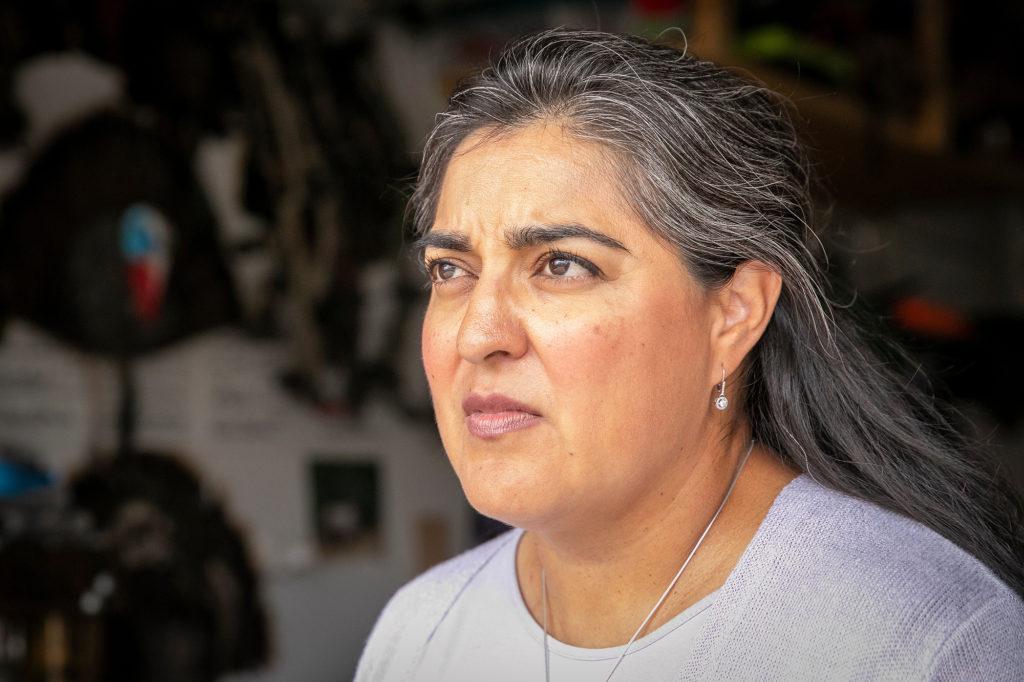
Before the pandemic, Lara had a patient with a condition she wasn’t going to survive. The patient's husband and son came to see her before they transitioned her to end of life care. When the family arrived, they bragged to staff about carrying firearms and having to be escorted out of hospitals in the past.
Lara said the stories made hospital staff uncomfortable.
She went into the patient's room to speak with the family. They told her the same stories, she listened. After about 15 minutes, the husband came to Lara’s side of the bed and was holding his wife's hand.
“I did tell him that she’s dying, and at that moment he became very tearful. I put my hand on his shoulder, he then turned and hugged me,” she said. “I am a Brown female physician. We have very different life stories, but in that moment, I needed to provide him support and he was appreciative of that.
Lara describes the ICU as a concentrated experience, where life and death happen quickly.
During her first week in the COVID-19 unit, she had a patient who was on a ventilator. She went off service and returned two weeks later to find he had made a recovery. They took him off dialysis, the ventilator and life support. The day she was back, he was scheduled to be moved.
“I was so excited because I had never met him,” she said. “I asked him if he remembered me and he said, no, but he started to cry. He just said, ‘thank you, thank you for saving my life.’ And I said, ‘you're welcome.’ And I said, ‘it's so nice to finally meet you.’ After four weeks in our ICU to be able to meet that personality, I think was very striking.”
Emergency room physician Christopher Hoyte
In November, Dr. Christopher Hoyte, an emergency medicine physician at UCHealth, took his daughter to Disneyland. There, he and his wife surprised their daughter who loves Star Wars with a Jedi Training day and a chance to meet one of the characters.
“When Rey came out to greet them all my daughter literally ran up and hugged her. It was really, really cool. We got it all on video. I still watch it from time to time. Don't tell anybody,” said Hoyte, who’s also the medical toxicologist at Rocky Mountain Poison & Drug Safety at the Denver Health Medical Center.
Since the start of the COVID-19 pandemic, Hoyte has been treating patients in the emergency room. One patient, an older woman, came in with COVID-19 and had to be put on a ventilator. Hospital visitor policies were strict at the time, but Hoyte and his colleague were able to keep the woman in the ER so that her family could see her before she was transferred to the ICU.
“Having to turn away family at times, that to me is the part that’s the most devastating because people want to be with their family in a time when they're most vulnerable,” he said. “Not being able to do that really sticks to me because you shouldn't be sick and alone.”
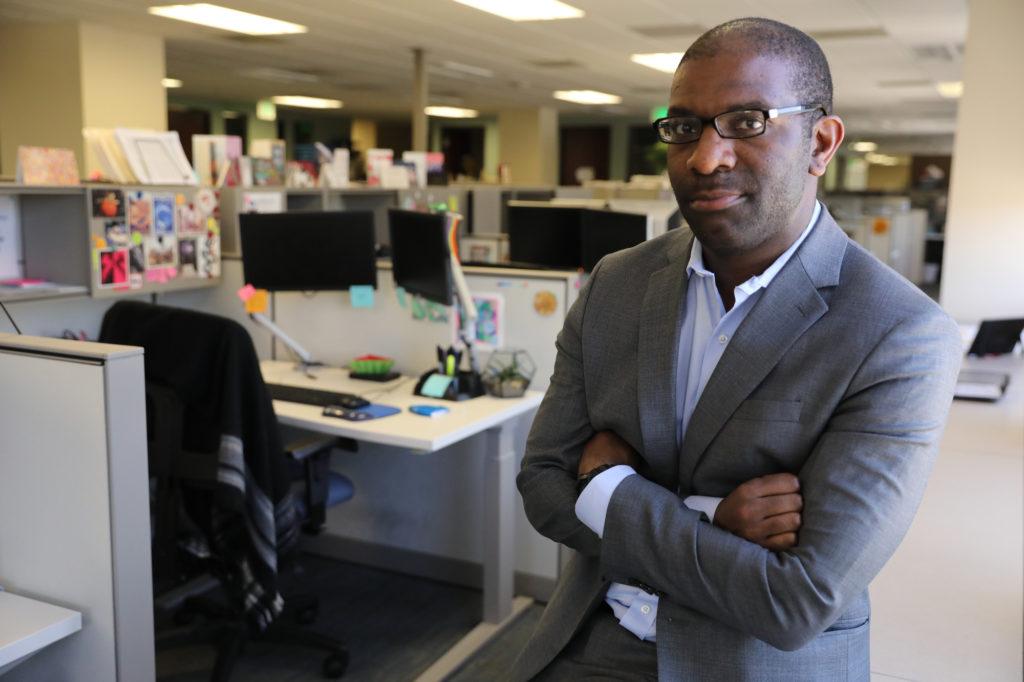
During the nationwide protests over the death of George Floyd, police brutality and systemic racism, Hoyte’s daughter asked him who George Floyd is and why he’s always on the TV.
“Having to explain to a six-year-old about what's important about George Florid’s death and how it relates to mommy and daddy and the world, those are some very hard conversations,” he said. “I just wish that these conversations were coming up without COVID like looming overhead.”
While lives are on the line in the pandemic, Hoyte worries it siphons from the attention needed to focus on social inequality.
“I wish we could do two things at once, but these are two big, big things.”
Hoyte looks forward to the day when there is a vaccine and he can again go from room to room at the ER without full protective equipment. In the meantime, he’s learned to take advantage of the ER as a place to ask patients about more than just the concern that brought them in.
“I've been talking to patients much more now about their mental health before they go home. Even though they're there for a sprained ankle,” he said. “We know that things like illicit drug abuse, domestic violence, self-harm attempts: those things are higher risk when people are at home and don't have jobs. I've changed my practice about being more mindful of looking at cues and asking people just straight, how they're doing outside of why they came into the emergency department.”
Midwife Jeana Smith
The certified nurse-midwife had never seen anything like it. One night, sometime in March, a woman in labor at the Bloomin’ Birth Babies Center in Grand Junction had to be transferred to the hospital. The woman’s partner and mother came, too.
“And we had to send her mother away,” said Jeana Smith.
New coronavirus restrictions meant only one support person was allowed in the delivery room. Smith remembered a lot of tears and a surreal quiet that had settled into the hospital.
“Yeah, things have been different from then on,” she said.
The ever-present virus threat means she now spends all day in a mask and has her temperature checked whenever she enters the birth center. Both are minor things compared to what she misses most.
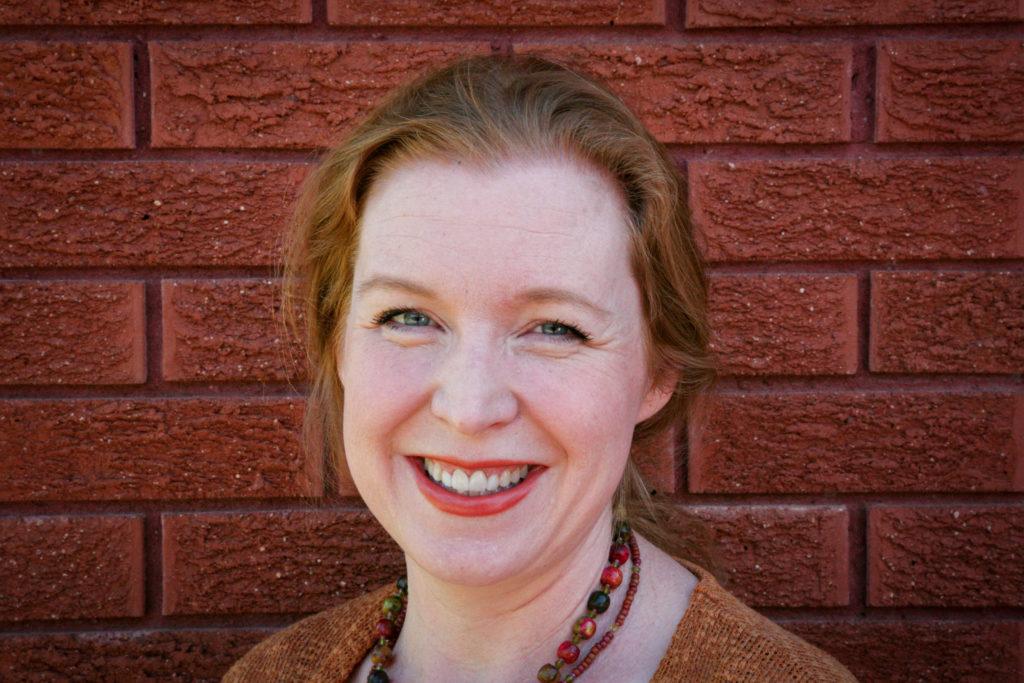
She’s used to showing her clients she cares through physical touch — holding a hand, touching an arm, embracing in a hug. She ponders how to convey her feelings in this new world.
“We’re just going to tell them,” she said, with a slight pause, “that we care about you. And we love you. And we’re going to take the best care of you that we possibly can.”
One large family that Smith has worked with several times starred in one of her favorite birth memories. It was a few years before COVID-19. The atmosphere in the birthing center was like a slumber party, with sisters and brothers and cousins all there to help a new mother-to-be. She labored at least 24 hours.
“And you know, not one of them left,” Smith said.
When the healthy baby was finally born, “we all felt victorious, because it was a tribal event. And we all supported her. Together.”
It’s “heartbreaking” for Smith that that scene is now completely out of the question. She can’t wait until it’s safe for whole families — and not just a few select members — to return to the birth center.
“And I don't know when that's gonna happen,” she said.
If there is a silver lining to all of this it’s that Smith thinks this strange and sudden intermission from normal has given midwifery more visibility. Births have doubled at Bloomin’ Babies, and clients have told Smith the same thing: They hadn’t even heard of the birth center until the pandemic hit.
“Everyone started to think in a different way — about all kinds of things,” she said.
And Smith thinks that’s going to stay with people, even after the pandemic is over.
Labor and delivery nurse Lauren Yaussy
Before COVID-19, patients at Avista Adventist Hospital in Louisville could have as many guests as they wanted at their births. The pandemic changed that. Patients can now have one support person. If a patient wants to bring her partner, but they have other children and no one to babysit, then they birth alone.
It’s something that has given Lauren Yaussy, a labor and delivery nurse, an awareness of the “disparities in our society.”
“I had been wondering for so long when I have, you know, five kids in the room for this birth, I always thought to myself, ‘what if they couldn't bring their kids?’” she said. “The visitor restrictions were like, ‘wow, how is anybody going to follow this?’ And now I know, they can't bring their kids, they're birthing by themselves essentially.”
In a birth she helped deliver earlier this year, the connection between the family brought her to tears.
“I can remember so vividly when the baby came out and the older sister just burst into tears. And then the grandmother. And the husband was crying and I was crying,” she said “It was just exceptional. One I will not forget.”
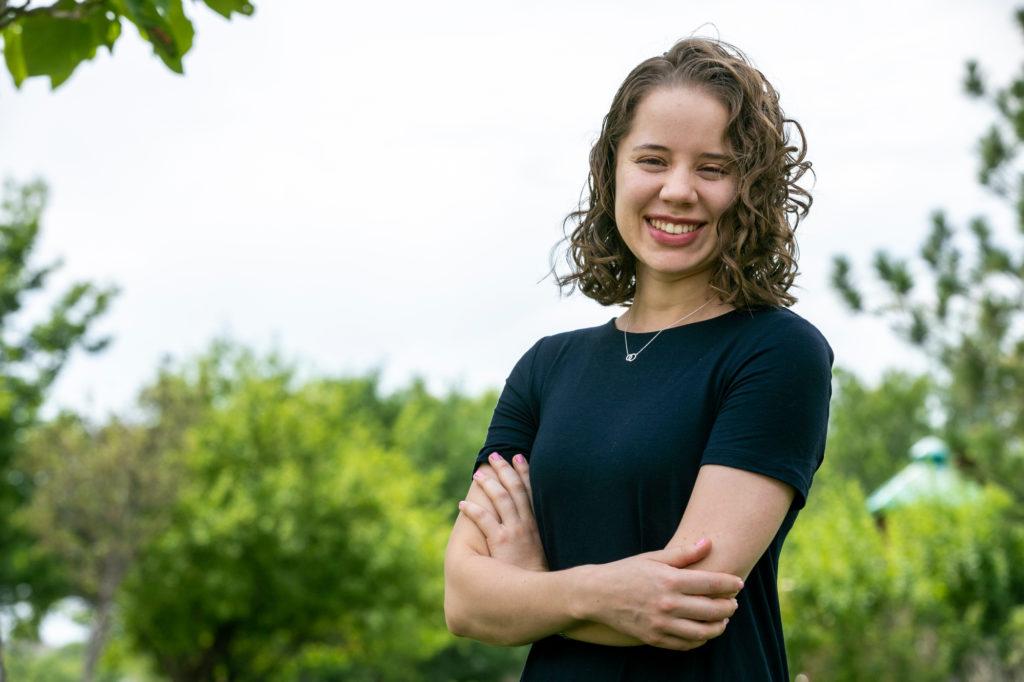
Now, the hallways and the birthing rooms are quiet. She misses that moment of anticipation and the joy of birth.
“Even if it's not my patient, if I'm walking in the hallway and I hear a woman kind of yell out and then you hear a baby cry and then seeing the grandparents in the hallway all like hugging and crying and yelling out, they're so excited.”
Optimistically, she hopes in two years’ time she won’t have to wear full personal protective equipment during birth, which can make the birth feel dirty or unnatural, even when that’s not the case. Maybe by then, there will be a vaccine and the birth center can go back to deliveries as they used to do them.
“I don't know,” she lamented. “I think we're going to be like this for a while.”
Physician assistant Aaron Carter-Larocque
Every other month for the last year, Aaron Carter-Larocque, a physician assistant at DispatchHealth in Denver, traveled back to his home state of Maine to work in an ER near where his parents live.
“One of the incredibly nice things of being able to go back home and stay with my parents is home cooking,” he said. “When I come back from a shift, my mom oftentimes makes an amazing meal.”
The arrangement also allowed him to support his parents’ health needs. His father has been on chemotherapy for the last five years. Carter-Larocque is able to translate the information from his dad’s doctors and help him understand the risks and benefits of treatments.
“I feel grateful that I've been able to find an opportunity to do this on a regular basis where I can come back and support my parents,” he said. “I also find it amazing that I can support my community. I grew up in a relatively small town in Maine.”
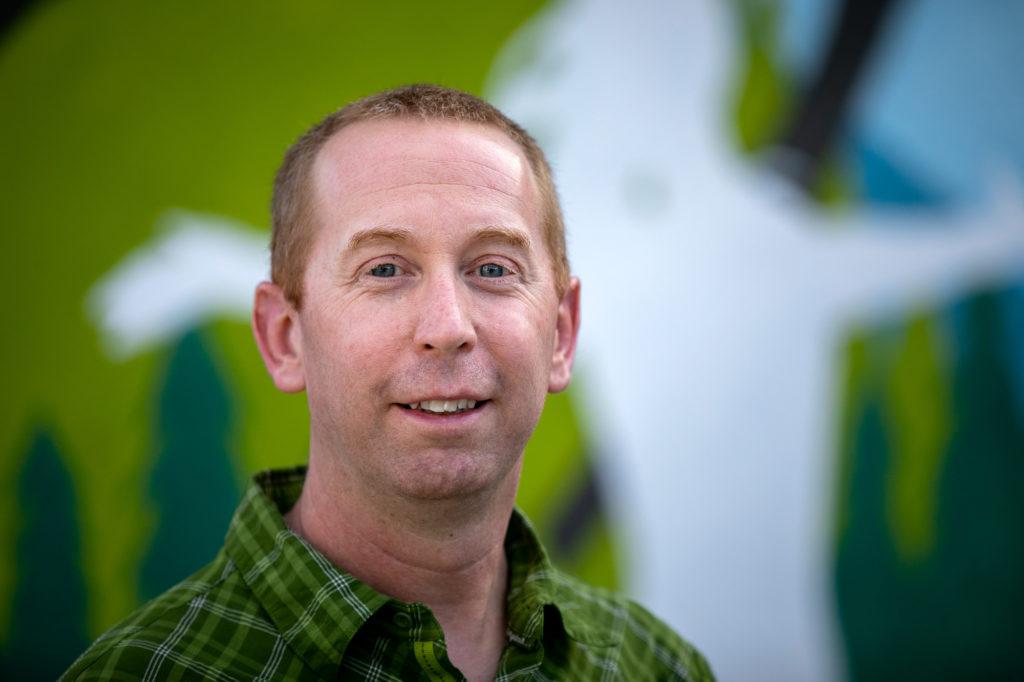
That arrangement stopped when the pandemic began. Early in the spring in Colorado, Carter-Larocque hadn’t seen many sick respiratory patients until one shift when he saw two very sick, elderly women back to back.
“I came into the main living room with my EMT partner and we saw the patient sitting there in a recliner. She was breathing almost 40 times a minute. She had a fever of over 102,” he said. “And it was very clear to me that she was in the throws of either a severe pneumonia or more likely a COVID scenario.”
That first patient was called in as a possible urinary tract infection and generalized weakness. There was not a report of classic cough or shortness of breath. The next patient came from a memory care unit at an assisted care facility. It was the same picture.
“Just to have this juxtaposition of two patients, elderly, very, very sick, very poor prognosis overall and thinking about how this might be the new normal of what our society and our medical interaction and care was going to be, definitely hit me hard,” he said.
Because the signs weren’t there and it was early on in the pandemic, Carter-Larocque wasn’t wearing full personal protective equipment. Dispatch Health has since ramped up its protocols. In how that translates to the public, Carter-Larocque hopes the people will now take colds and the flu seriously and work to prevent their spread.
He also hopes that widespread mask usage continues.
